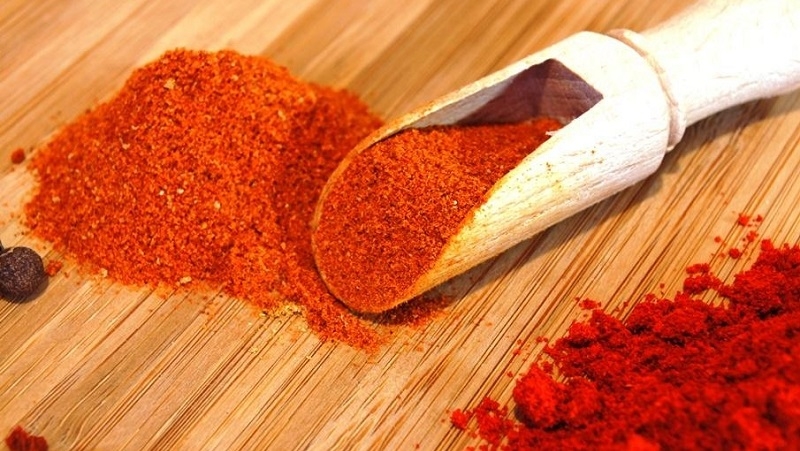- No. 268 Xianghe Street, Economic Development Zone of Xingtai city, Hebei 054001 China
- Byron@hbhongri.cn
Leading Supplier of Premium Small Dried Red Peppers for Culinary and Spicy Recipes Worldwide
The Growing Market of Small Dried Red Peppers
In recent years, the popularity of small dried red peppers has surged dramatically across the globe. This surge has led to a flourishing market, giving rise to numerous manufacturers dedicated to producing high-quality dried peppers. These vibrant little ingredients not only add flavor and color to dishes but also offer various health benefits, making them an essential component in many kitchens worldwide.
The Production Process
Small dried red peppers, often derived from varieties such as cayenne or bird's eye, are harvested at their peak ripeness to ensure maximum flavor and aroma. The production process typically involves several key steps harvesting, drying, sorting, and packaging.
Once harvested, the peppers undergo a thorough cleaning to remove any dirt or foreign particles. Subsequently, they are dried either through sun-drying or by using modern dehydrators. Sun-drying is an age-old method that enhances the natural sweetness of peppers, while mechanical dehydration allows for consistent quality and faster turnarounds.
After drying, the peppers are sorted based on size, color, and quality. This step is crucial as it ensures that consumers receive a product that meets their expectations. Once sorted, the dried peppers are packaged strategically to maintain freshness and prevent moisture absorption.
Market Demand
The demand for small dried red peppers is driven by several factors, including culinary trends, an increase in global cuisine exploration, and a growing awareness of health benefits associated with these spices. They are widely used in various cuisines, from Mexican and Indian to Thai and Mediterranean dishes. Chefs and home cooks alike appreciate the versatility offered by these dried peppers, which can be used whole, crushed, or ground into powder.
small dried red peppers manufacturer

Moreover, the rising interest in spicy food has opened up new avenues for manufacturers. With the escalation of health-conscious eating, many consumers have turned to these natural spices as a means to enhance flavor without relying on additional salt or preservatives. Dried red peppers are also known to contain antioxidants, vitamins, and minerals, contributing to overall health and well-being.
Challenges Faced by Manufacturers
Despite the positive trends in the market, manufacturers of small dried red peppers face several challenges. One prominent issue is the fluctuation in raw material costs due to climate change and agricultural practices. Extreme weather events can affect the yield of pepper crops, resulting in increased production costs that can impact the end consumer price.
Additionally, quality control remains a significant challenge. Maintaining a consistent level of quality is essential for customer satisfaction, and manufacturers must invest in rigorous testing and quality assurance processes. This often involves sourcing peppers from different farms or regions, each with unique characteristics that can affect the final product.
Looking Ahead
As the market for small dried red peppers continues to grow, manufacturers are exploring innovative ways to meet consumer demands. This includes the development of organic and sustainably sourced products, which are becoming increasingly popular among environmentally conscious consumers. Furthermore, the rise of e-commerce has presented new opportunities for manufacturers to reach broader markets, allowing them to sell directly to consumers online.
In conclusion, the landscape surrounding small dried red peppers is vibrant and dynamic. With increasing culinary popularity, a focus on health benefits, and innovative production techniques, the future looks promising for manufacturers in this sector. As consumers continue to seek authentic flavors and healthier alternatives in their diet, small dried red peppers will undoubtedly remain a staple in kitchens around the world.
-
Turmeric Rhizome Powder: A Golden Treasure from Roots to TableNewsJul.28,2025
-
The Versatile Application Of Crushed Red Hot Peppers: Lighting Up The Red Flames On The Dining TableNewsJul.28,2025
-
The Paprika: A Touch Of Vibrant Red In Color, Flavor, And CultureNewsJul.28,2025
-
Ground Turmeric: A Modern Examination of an Ancient SpiceNewsJul.28,2025
-
Capsicum Liquid Extract: Features, Applications, and ChallengesNewsJul.28,2025
-
Application of Capsicum Liquid Extract in FoodNewsJul.28,2025







